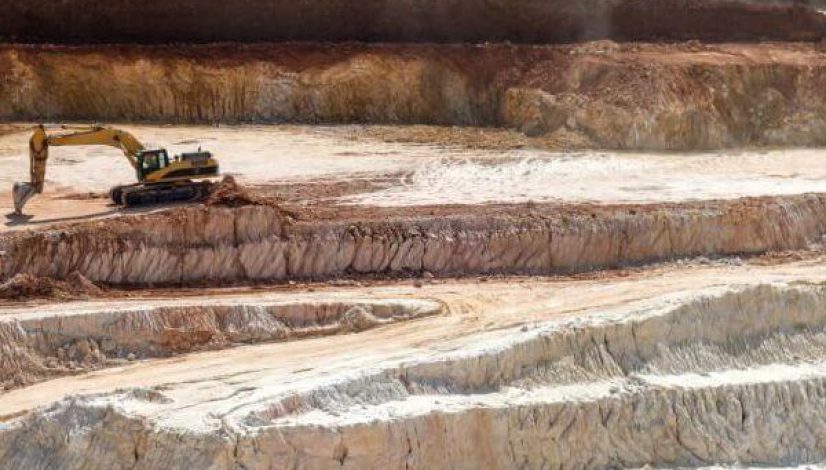Researchers from ICMM-CSIC and CINN-CSIC demonstrate the potential of kaolin for new applications with great social and technological impact
Kaolin is the most important clay mineral with an annual production of more than 300.000 metric tons in Spain, being one of the European Union countries with the largest and low-cost mining deposits (Galicia, Asturias, Castilla-León, Aragón, etc.).
The results of this work, carried out by Sonia López-Esteban, José F. Bartolomé and Jesús Sanz from the Materials Science Institute of Madrid (ICMM-CSIC) and José Serafín Moya and Belén Cabal from the Nanomaterials and Nanotechnology Research Center (CINN-CSIC), have shown that it is possible to modify the nature of the surface charges of kaolin particles by means of a simple thermal treatment (300°C-700°C) that induces a controlled loss of its structural water. This leads to the transformation of hexacoordinate aluminum (AlO6) to pentacoordinate aluminum with oxygen (AlO5) in its original structure and consequently modifies notably its rheological behavior and reactivity.
New applications of kaolin
This unique fact opens up an extraordinary range of possibilities for its use in new applications of higher added value than the current ones (ceramic raw material or paper coating) in fields as diverse as ecology (e.g. for the production of geopolymers to store radioactive elements), catalysis (supporting a wide range of metal and oxide nanoparticles) or health as, for instance: i) support of silver and copper nanoparticles to eliminate antibiotic resistant bacteria and pathogenic viruses such as the one causing COVID 19, ii) support of drugs to eliminate tumors or infections in vital organs. For all these reasons, the researchers believe that kaolin should be considered a critical mineral for future developments in applications of great social and technological impact




